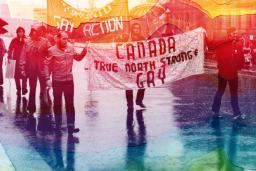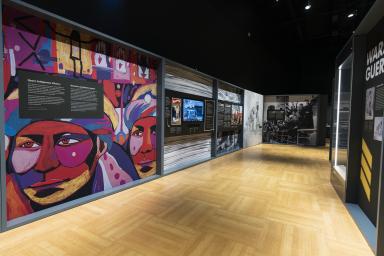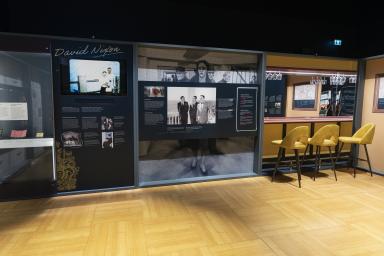From the 1950s to the 1990s, the Government of Canada systematically investigated, harassed and fired 2SLGBTQI+ members of the Canadian Armed Forces, the RCMP and the federal public service. Now called “the LGBT Purge,” this official policy destroyed thousands of careers, did untold psychological damage and ruined lives.
Love in a Dangerous Time: Canada's LGBT Purge (Level 1 Gallery)
Stories of injustice and the activists who fought to change Canada
January 31, 2025 to fall 2026
Tags:
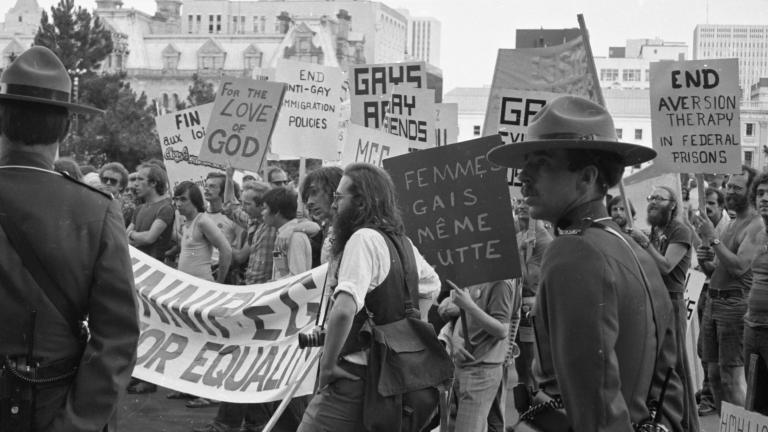
Photo: Gerald Hannon, The ArQuives, Canada's LGBTQ2+ Archives
Exhibition details
Video: LIADT sizzle reel
The Purge was one of the longest‐running, largest‐scale violations of human rights in the workplace in Canadian history. Love in a Dangerous Time: Canada’s LGBT Purge brings to light stories from this dark period, which is well documented yet not well known.
The exhibition is about much more than government policy and past injustice. It is about courage and perseverance, about loss and triumph. Most importantly, it is about individuals — those who suffered discrimination and who stood up against powerful and pervasive biases.
Survivors took the government to court in the 1980s and 1990s. Their actions finally dismantled the Purge. The activists who fought for justice in their own lives also paved the way for other members of the 2SLGBTQI+ community and for future generations.
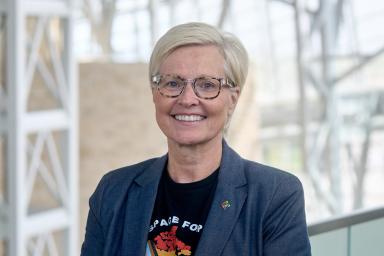
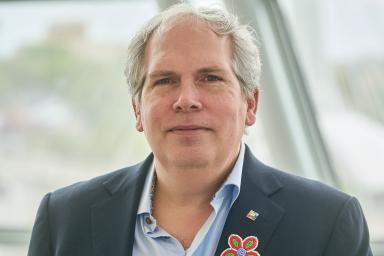
While honouring these courageous activists, this exhibition also seeks to generate new conversations, engaging with youth and connecting the past to present issues.
Inspired artworks
Love in a Dangerous Time includes two artworks created specially for the exhibition.
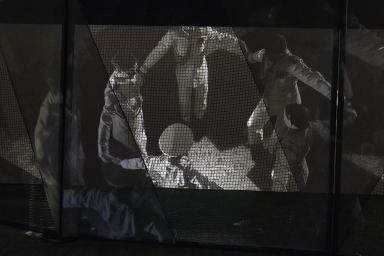
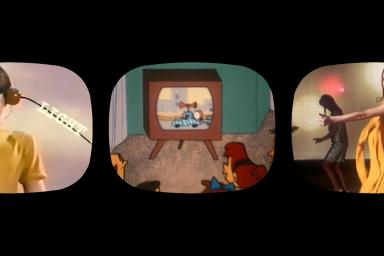
From colonization to contemporary issues
Love in a Dangerous Time takes a long view, exploring the foundations of the LGBT Purge back to the formation of Canada as a nation state. It examines the meaning of “Two Spirit” in Indigenous traditions and the oppression of non‐conforming sexualities during colonization. It also reveals how concepts of “normality,” along with the Cold War, created a climate in which 2SLGBTQI+ individuals were labelled a threat to national security.
Visitors will learn poignant stories from the Purge and experience the camaraderie and challenges of the era in The Bar area, which re‐creates a vibrant 1960s sanctuary for Ottawa’s queer community.
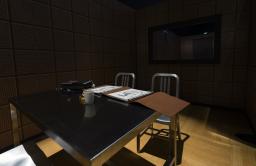
During the Purge, interrogations were used to pry into people’s personal lives and coerce confessions. An immersive “Dark Space” in the exhibition resembles an interrogation room.
Visitors even have an opportunity to ask questions of LGBT Purge survivors and allies through a voice user interface (VUI) or a physical controller.
Love in a Dangerous Time also invites visitors to consider the current climate. A large, interactive Contemporary Issues Wall lets visitors uncover the achievements and challenges of the 2SLGBTQI+ community using hand motions. But if visitors pause too long, the words and graphics disappear, highlighting the need for continued action to protect human rights.
The LGBT Purge Fund

Love in a Dangerous Time was made possible through a class action lawsuit, launched by Purge survivors in 2016, which led to a historic $145 million settlement in 2018.
Most funds were used to pay damages to LGBT Purge victims. However, up to $25 million was set aside to fund projects that would symbolically represent compensation for those victims who did not live long enough to receive individual compensation. The LGBT Purge Fund, a not‐for‐profit corporation established to manage those funds, was responsible for implementing a number of legacy projects. This exhibition — along with a related travelling exhibition and an exhibit in the Museum’s Canadian Journeys gallery — is one of the projects.
Summary
For generations, 2SLGBTQI+ individuals in Canada have faced discrimination because of who they love and how they express themselves. Love in a Dangerous Time tells the story of the LGBT Purge, when official government policy prevented queer Canadians from serving their country. This is also a story about courage and perseverance. By documenting the damage caused by the Purge and the powerful movement that changed attitudes and laws, this exhibition conveys how everyone has the power to resist human rights violations.
Love in a Dangerous Time: Canada's LGBT Purge is on display in the Level 1 Gallery from January 31, 2025 to fall 2026.
See more at the Museum
Ask yourself:
What does it mean to be “normal”? And how do ideas about normality change over time?
Who is harmed or excluded by national security policies? National security for whom?
What are the important issues facing 2SLGBTQI+ communities today?
Credits
In addition to the LGBT Purge Fund, we would like to thank Purge survivors and their friends, families and allies for contributing to this exhibition.
This exhibition is generously supported by:
Love in a Dangerous Time is also generously supported by Doug Stollery and Scott Graham.
Dive Deeper
Persecution of queer Canadian soldiers in wartime
By Sarah Worthman
Modern anti‐2SLGBTQI+ hate echoes the myths and prejudices of the past, threatening to erase queer soldiers’ stories again.
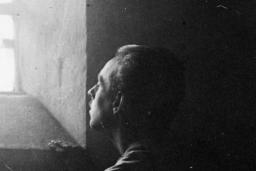
She said | He said
By Leslie Vryenhoek, editor
Performing in drag is an old art form that is experiencing a new mainstream popularity. But in recent years, drag has also become a lightning rod for those who oppose 2SLGBTQI+ rights and expression. Drag storytime for children, in particular, has drawn ire from protestors.
The Re‐emergence of 2Spirit People in the 21st Century
By Albert McLeod
Two‐Spirit individuals were cherished in Indigenous cultures, Albert McLeod writes, but European colonizers imposed rigid, binary definitions of gender and sexuality that activists are working to dismantle.
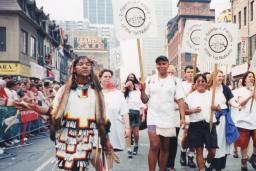
Love in a Dangerous Time: Teacher Guide
Support your students as they learn about the historical significance of the LGBT Purge and the resilience of 2SLGBTQI+ communities in Canada.
